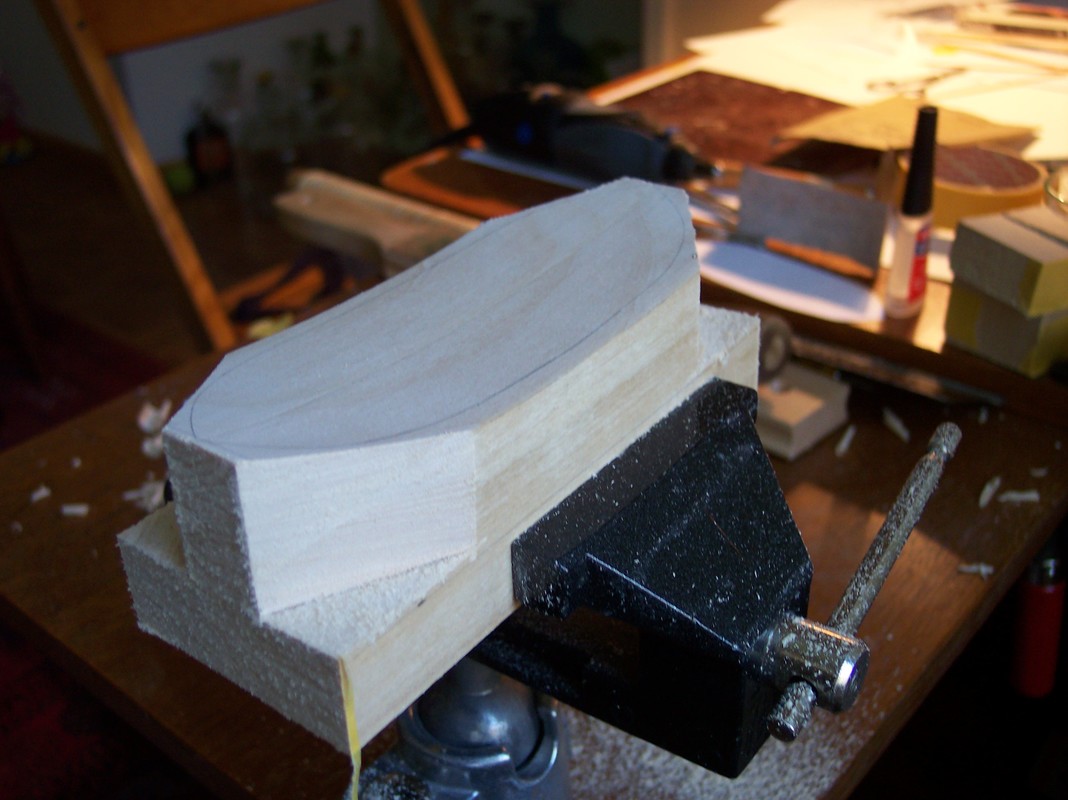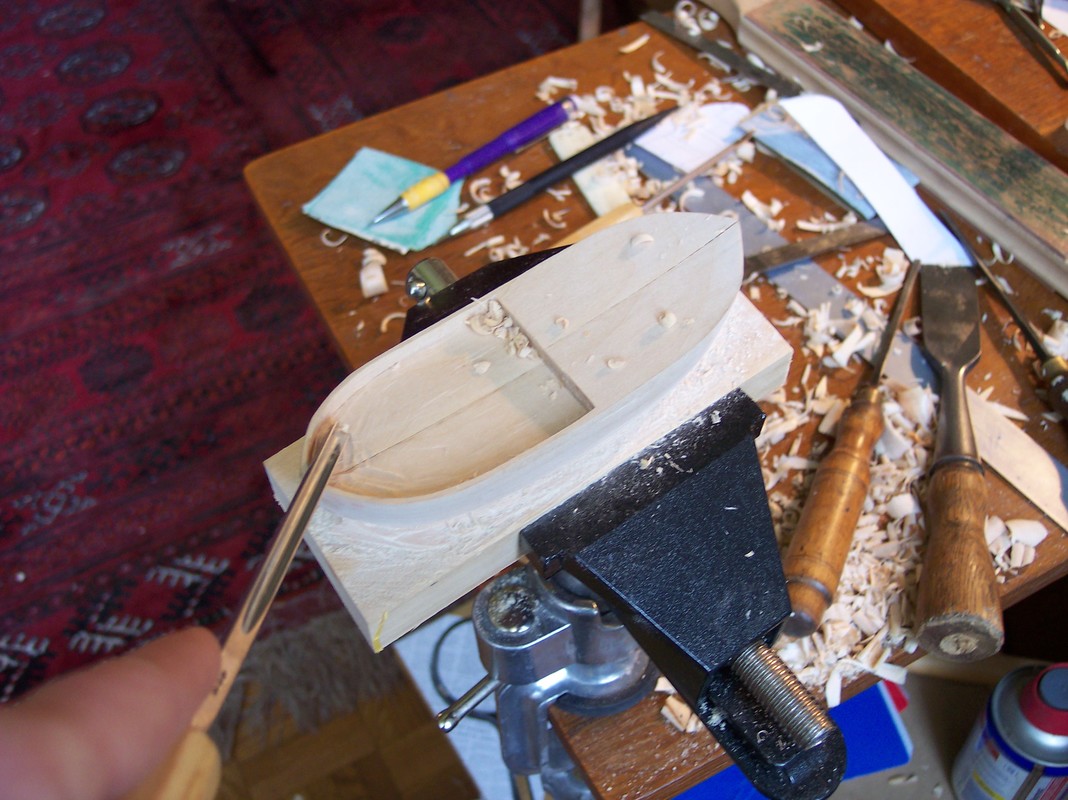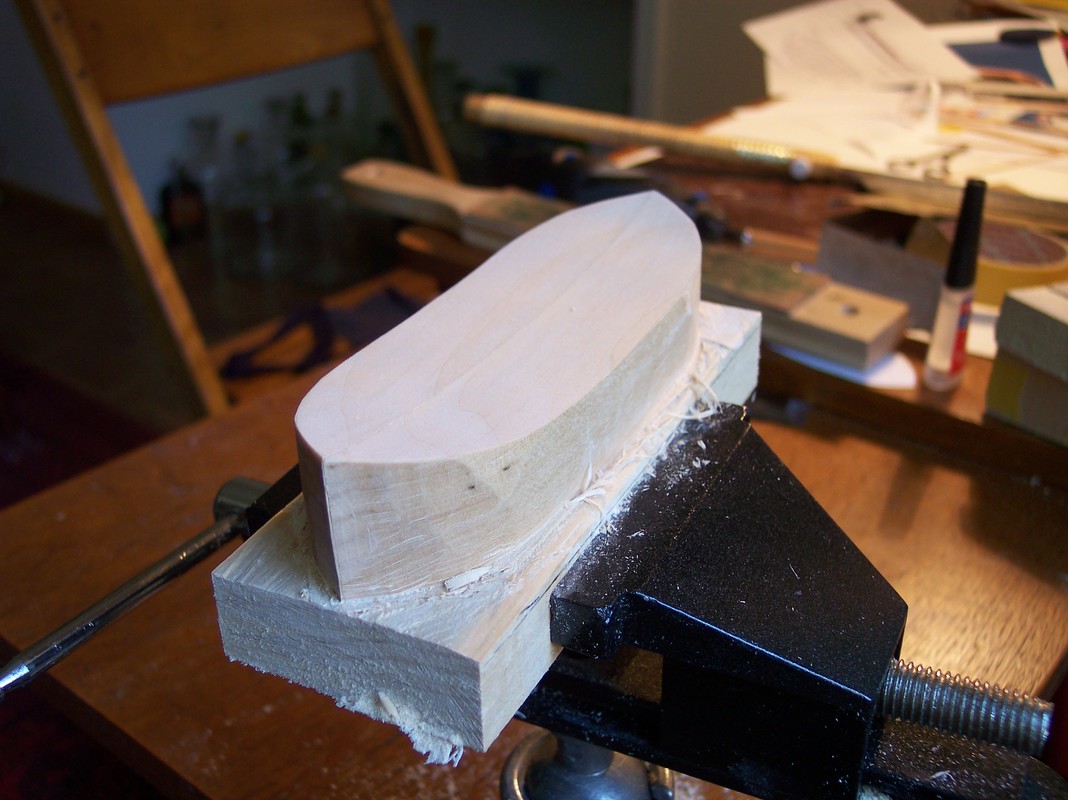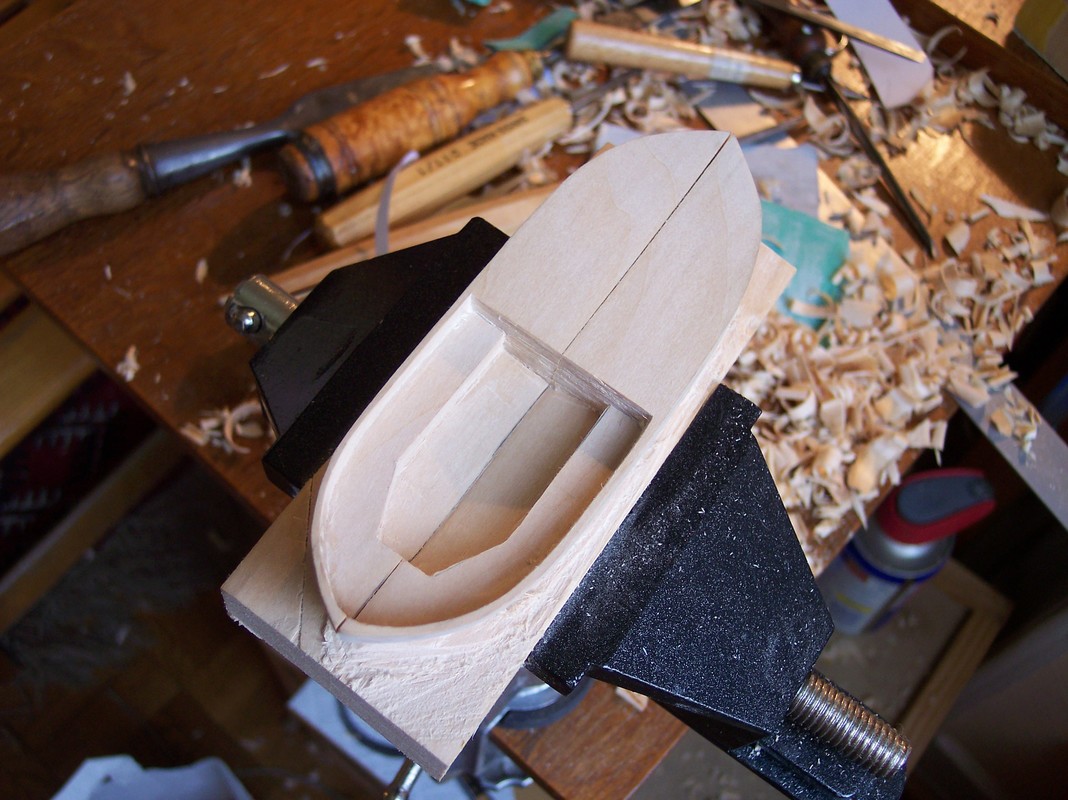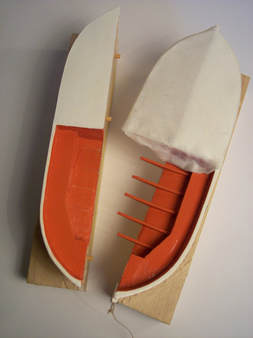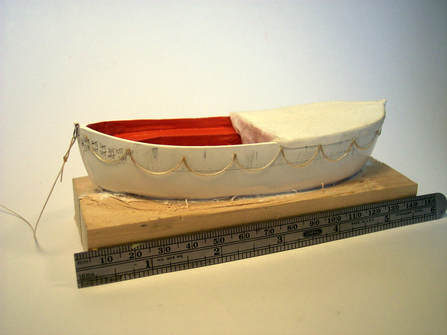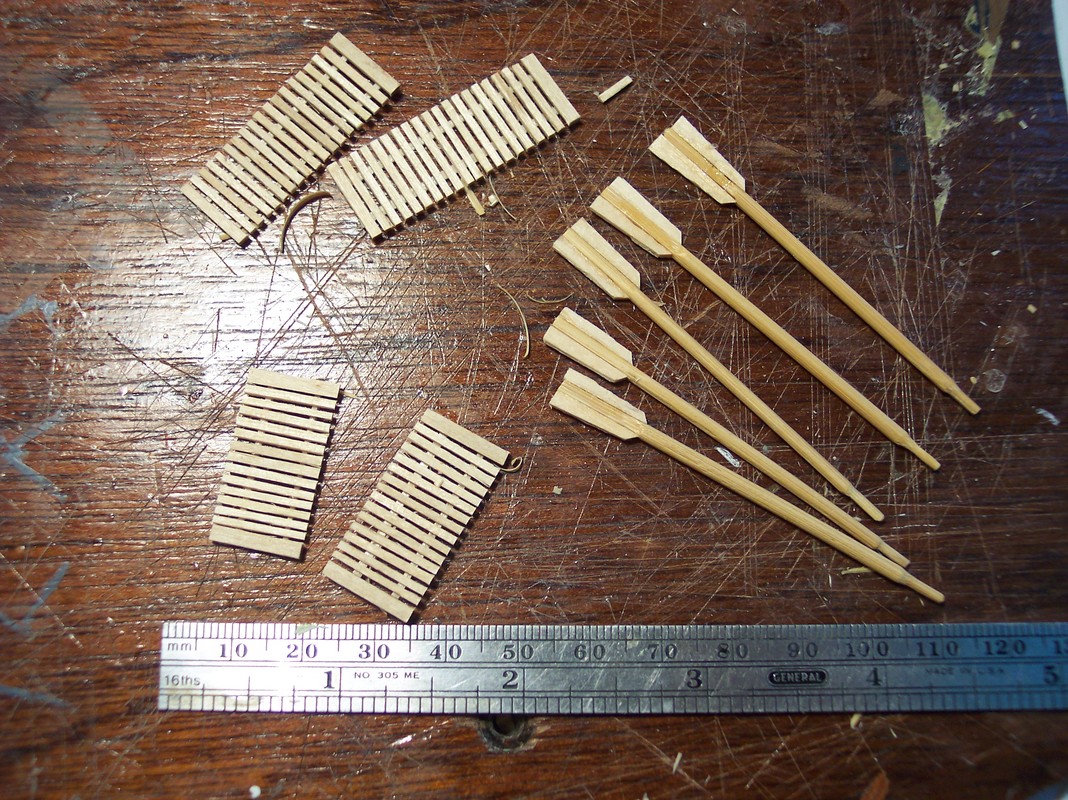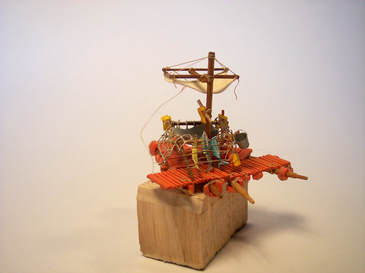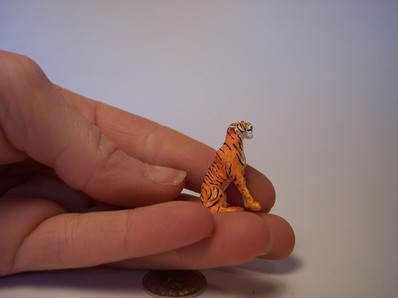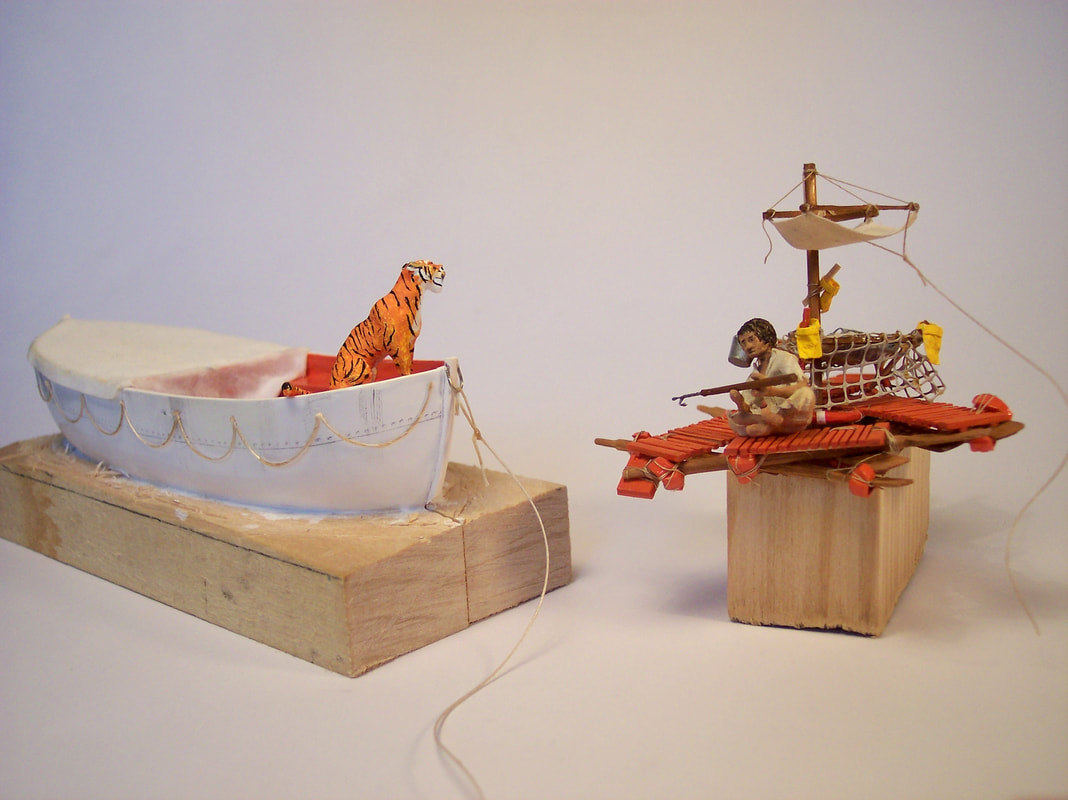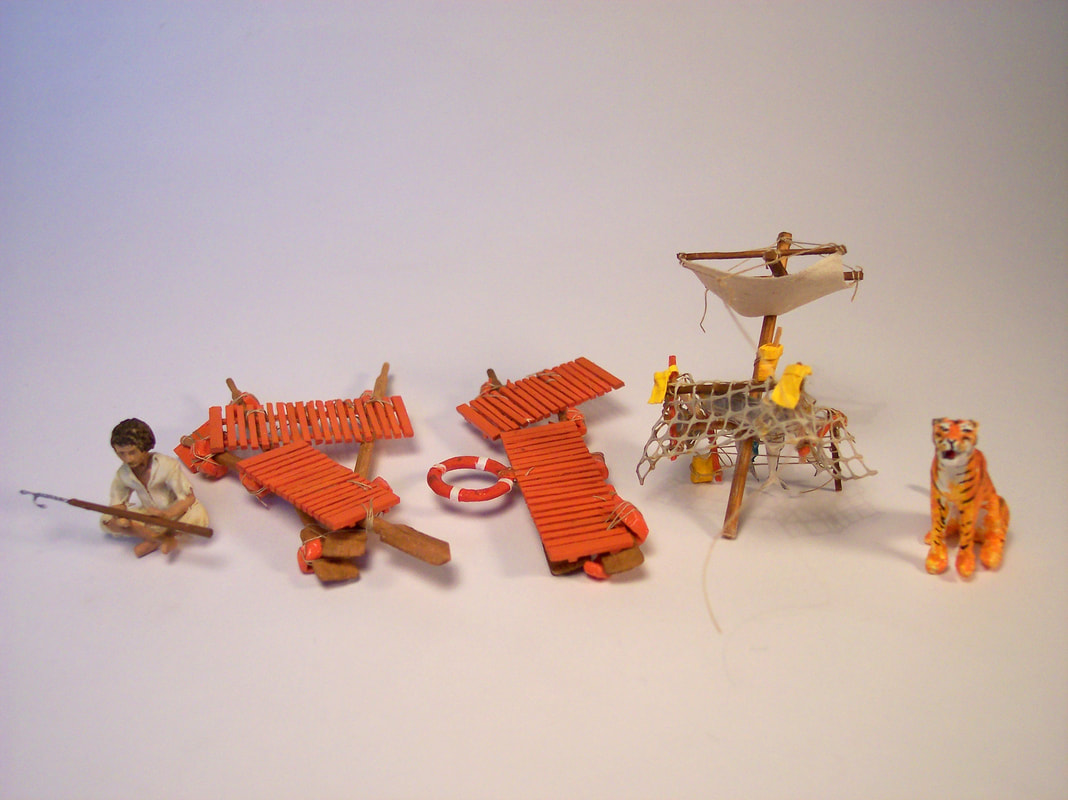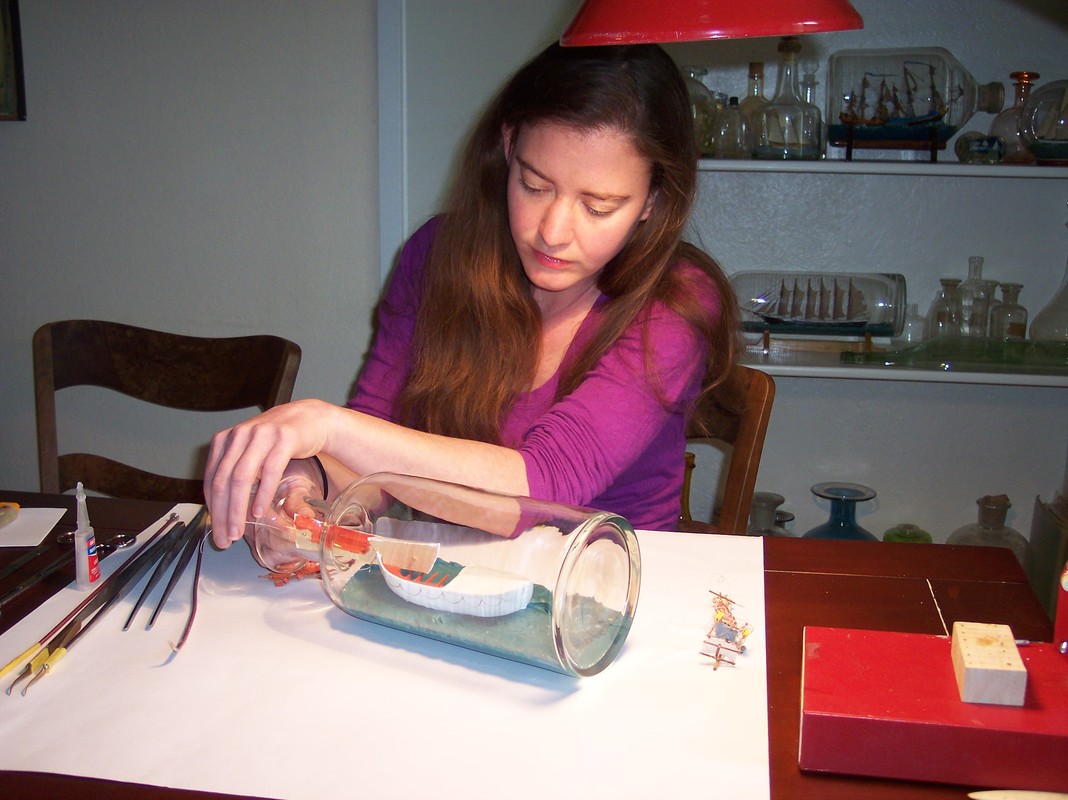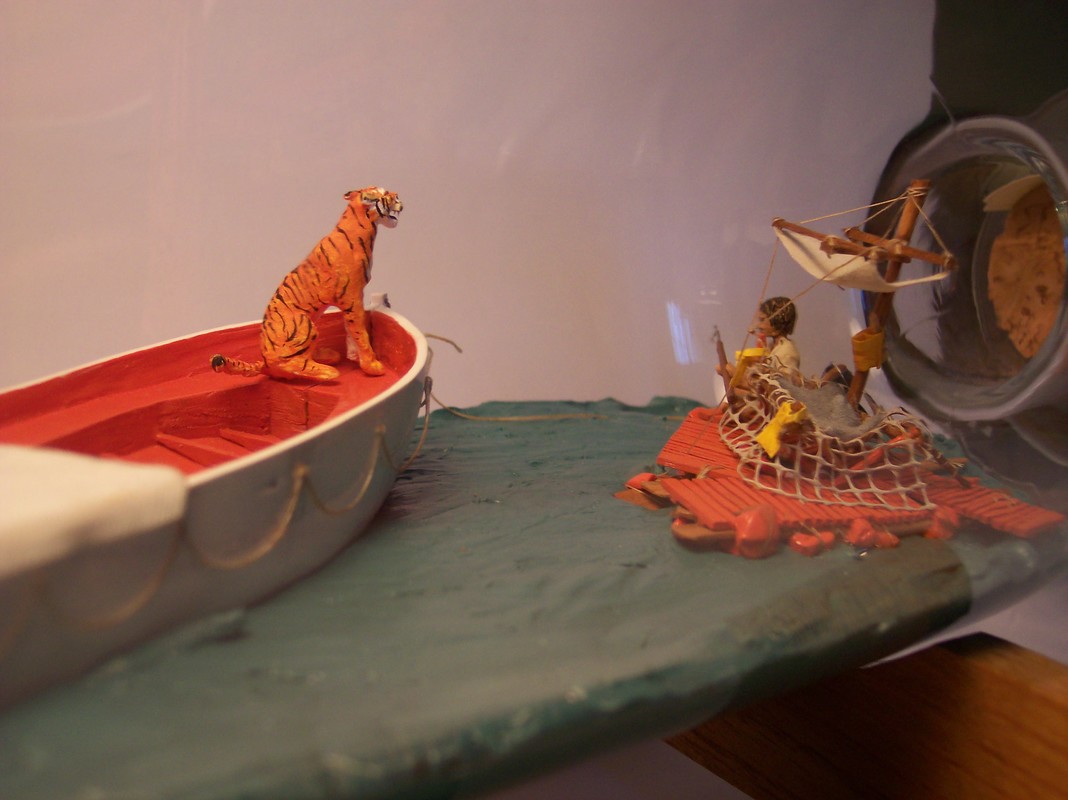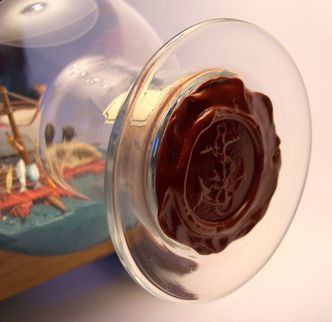Build Log:
|
Life of Pi Scene in Bottle:
Earlier this year, I sat down one evening to watch one of the most fascinating films I have seen to date, “Life of Pi.” This captivating and magical movie takes the viewer beyond the typical 'lost at sea' story and into a dreamworld of wonder, disaster, and adventure, as a young boy, Pi, desperately attempts to survive the hardship of being stranded, not alone, but with a Bengal Tiger named Richard Parker, on board a small life boat. After watching, I began thinking about putting one of the scenes from the movie into a bottle, and hoped that I could find the time in the future to complete this idea. As luck may have it, shortly after watching the movie, I was contacted by an online movie streaming company in the UK called Blinkbox. They commissioned me to build the scene to mark its digital release on the website. |
Carving the Life Boat:
|
The life boat, which Pi spent the majority of the film avoiding, due to the tiger Richard Parker being aboard, was carved out of bass wood. The boat itself was constructed in two pieces, so that it would fit through the neck of the bottle. Firstly, the shear was carved, then the exterior was roughly cut with a hand saw. Next, the exterior was shaped with chisels, and finally, the interior was carved away, leaving the seats as well as the forward portion that was covered by the tarp.
|
Painting & Detailing the Hull:
|
The boat used in the film was made of metal, so after painting the boat to match the colors from the movie, I drew on the lines and rivets; I also gave the boat a weather appearance by brushing on some dark paint.
While on his long journey, Pi counted his days by making scratch marks on the port side bow. The tarp was made from a fine linen which I painted and made stiff with white glue. This was only attached to one side as the boat was built in two sections to pass through the neck of the bottle. |
Buildings Pi's Raft:
The raft was constructed of what would have been various parts of the life boat, including the floor boars, oars, tarps, life rings, fishing net and various pieces of wood and other parts that I imagine came from the storage compartments.
The majority of the wood used is basswood, but the oars, and and any pole-like pieces were made from bamboo skewers. The chair in the center was built from gluing and lashing together various planks.
The majority of the wood used is basswood, but the oars, and and any pole-like pieces were made from bamboo skewers. The chair in the center was built from gluing and lashing together various planks.
Many details were added to the raft to make it appear as it did in the movie. A net was laid over the chair structure. There are many, small, yellow waterproof bags hanging around, these made of paper. The oars were lashed to the bottom of the floor boards, and flotation devices were fabricated from sculpey clay and lashed to the bottom of the raft.
The raft itself had to be built in three pieces to pass through the neck of the bottle and then reassembled inside.
The raft itself had to be built in three pieces to pass through the neck of the bottle and then reassembled inside.
Fabricating Pi & Richard Parker:
Ready for the Bottle:
All the pieces were finally ready for the bottle. In the photo above left, Pi and the tiger are positioned how they will be once they are inside the bottle.
In the photo, above middel, you can see there are a total seven separate pieces to insert into the bottle if you include the boat.
The sea is made of plumber's putty which is mixed with oil paints. I lay a thin layer of epoxy on the inside of the bottle before pressing the sea down and into position. I slowly built it up to the proper height, and for this bottle, wanted a nice smooth sea. Lastly, a bit of the sea is hollowed out where the life boat will be pressed into the putty.
In the photo, above middel, you can see there are a total seven separate pieces to insert into the bottle if you include the boat.
The sea is made of plumber's putty which is mixed with oil paints. I lay a thin layer of epoxy on the inside of the bottle before pressing the sea down and into position. I slowly built it up to the proper height, and for this bottle, wanted a nice smooth sea. Lastly, a bit of the sea is hollowed out where the life boat will be pressed into the putty.
Inserting the Scene into the Bottle:
I always work from the rear of the bottle, towards the neck, making sure to complete everything before going on to the next step.
The hulls were inserted first and glued together with white glue. I was able to squeeze the pieces together using a large pair of tweezers. Epoxy was laid in the hollow, and the boat pressed into the sea. Finally I glued down the edges of the tarp before moving on to the next steps.
The hulls were inserted first and glued together with white glue. I was able to squeeze the pieces together using a large pair of tweezers. Epoxy was laid in the hollow, and the boat pressed into the sea. Finally I glued down the edges of the tarp before moving on to the next steps.
|
Next, I inserted the base of the raft which was in two pieces. Once the two pieces were glued together, I laid a thin layer of epoxy on the sea where the raft would float.
(Below) The chair and tarp were inserted once the raft was in place, pressing the pole into the sea and securing it where necessary with glue. The tiger was then glued to his position on the life boat, covering the seam, and PI was attached in his position on the raft. The final detail was to tie the line from the boat to the raft and the overall scene was complete. |
Complete!


